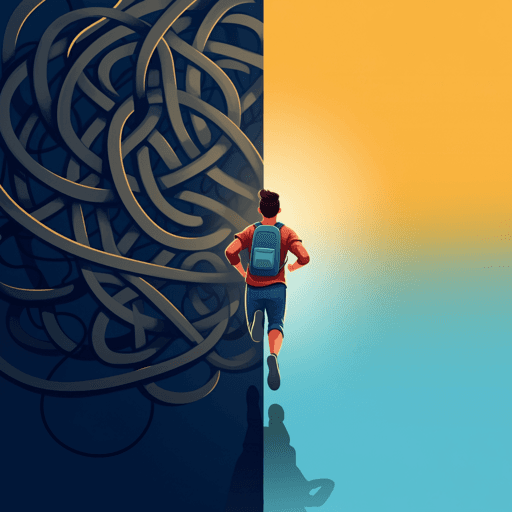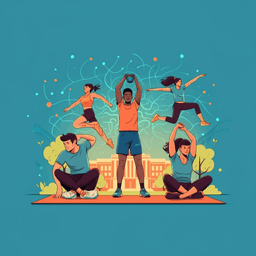
Health and Fitness
The effects of physical exercise on anxiety symptoms of college students: A meta-analysis
Y. Lin and W. Gao
Meta-analysis of nine randomized controlled trials (n=483) found that exercise interventions significantly reduced anxiety symptoms in college students, with aerobic exercise and yoga showing clear benefits and aerobic activity appearing optimal — research conducted by Yanru Lin and Wei Gao.
~3 min • Beginner • English
Related Publications
Explore these studies to deepen your understanding of the subject.







